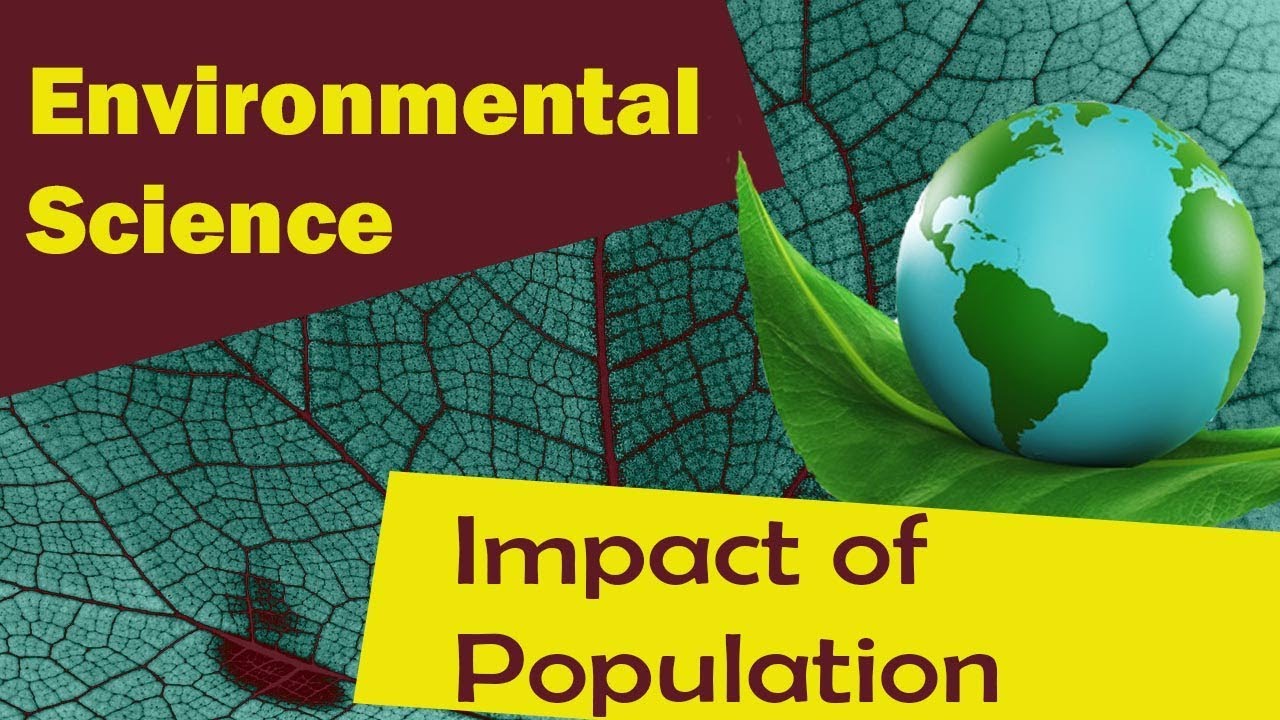Global Forum For Indurstrial Devlopment is SPONSORED BY ICO INDIA
- MP Society Registration (Act. 1973 No. 44) 03/27/01/21857/19 (MSME Forum Established Since-2009)

In The Environmental Implications of Population Dynamics, Lori Hunter synthesizes current knowledge about the influence of population dynamics on the environment. Specifically, her report examines the following:
According to recent United Nations estimates, global population is increasing by approximately 80 million — the size of Germany — each year. Although fertility rates have declined in most areas of the world, population growth continues to be fueled by high levels of fertility, particularly in Asia and Africa. In numerous Middle Eastern and African nations, the average number of children a woman would be expected to have given current fertility levels remains above 6.0 — for example, 6.4 in Saudi Arabia, 6.7 in Yemen, 6.9 in Uganda, and as high as 7.5 in Niger. Even in areas where fertility rates have declined to near replacement levels (2.1 children per couple), population continues to grow because of "population momentum," which occurs when a high proportion of the population is young.
No simple relationship exists between population size and environmental change. However, as global population continues to grow, limits on such global resources as arable land, potable water, forests, and fisheries have come into sharper focus. In the second half of the twentieth century, decreasing farmland contributed to growing concern of the limits to global food production. Assuming constant rates of production, per capita land requirements for food production will near the limits of arable land over the course of the twenty-first century. Likewise, continued population growth occurs in the context of an accelerating demand for water: Global water consumption rose sixfold between 1900 and 1995, more than double the rate of population growth.
The ways in which populations are distributed across the globe also affect the environment. Continued high fertility in many developing regions, coupled with low fertility in more-developed regions, means that 80 percent of the global population now lives in less-developed nations. Furthermore, human migration is at an all-time high: the net flow of international migrants is approximately 2 million to 4 million per year and, in 1996, 125 million people lived outside their country of birth. Much of this migration follows a rural-to-urban pattern, and, as a result, the Earth's population is also increasingly urbanized. As recently as 1960, only one-third of the world's population lived in cities. By 1999, the percentage had increased to nearly half (47 percent). This trend is expected to continue well into the twenty-first century.
Composition can also have an effect on the environment because different population subgroups behave differently. For example, the global population has both the largest cohort of young people (age 24 and under) and the largest proportion of elderly in history. Migration propensities vary by age. Young people are more likely than their older counterparts to migrate, primarily as they leave the parental home in search of new opportunities. As a result, given the relatively large younger generation, we might anticipate increasing levels of migration and urbanization, and therefore, intensified urban environmental concerns.

From the earliest times, the preponderance of global economic activity has been concentrated in the coastal zone (92), with settlements often growing on the continental margins to take advantage of overseas trade and easy access to the resources of the rural hinterlands. As a result, the coastal zone has attracted large and growing populations, with much of their growth attributable to migration rather than natural increase (93). Today, 10% of the world’s population lives at less than 10 m above sea level (even though this area only accounts for 2.2% of the world’s land area), and coastal zones have higher population densities than any other ecologically defined zone in the world (39, 94). Coastal and marine environments are very important for human health and well-being, and they are also quite vulnerable to anthropogenic impacts. Yet, until recently most population-environment research has focused on terrestrial ecosystems, possibly because the human “footprint” on coastal and marine ecosystems is harder to discern.